Where is the best place to plant snowdrops? How to choose the best location for sweeping spring displays
Wondering where to plant snowdrops? Here's what the experts say...
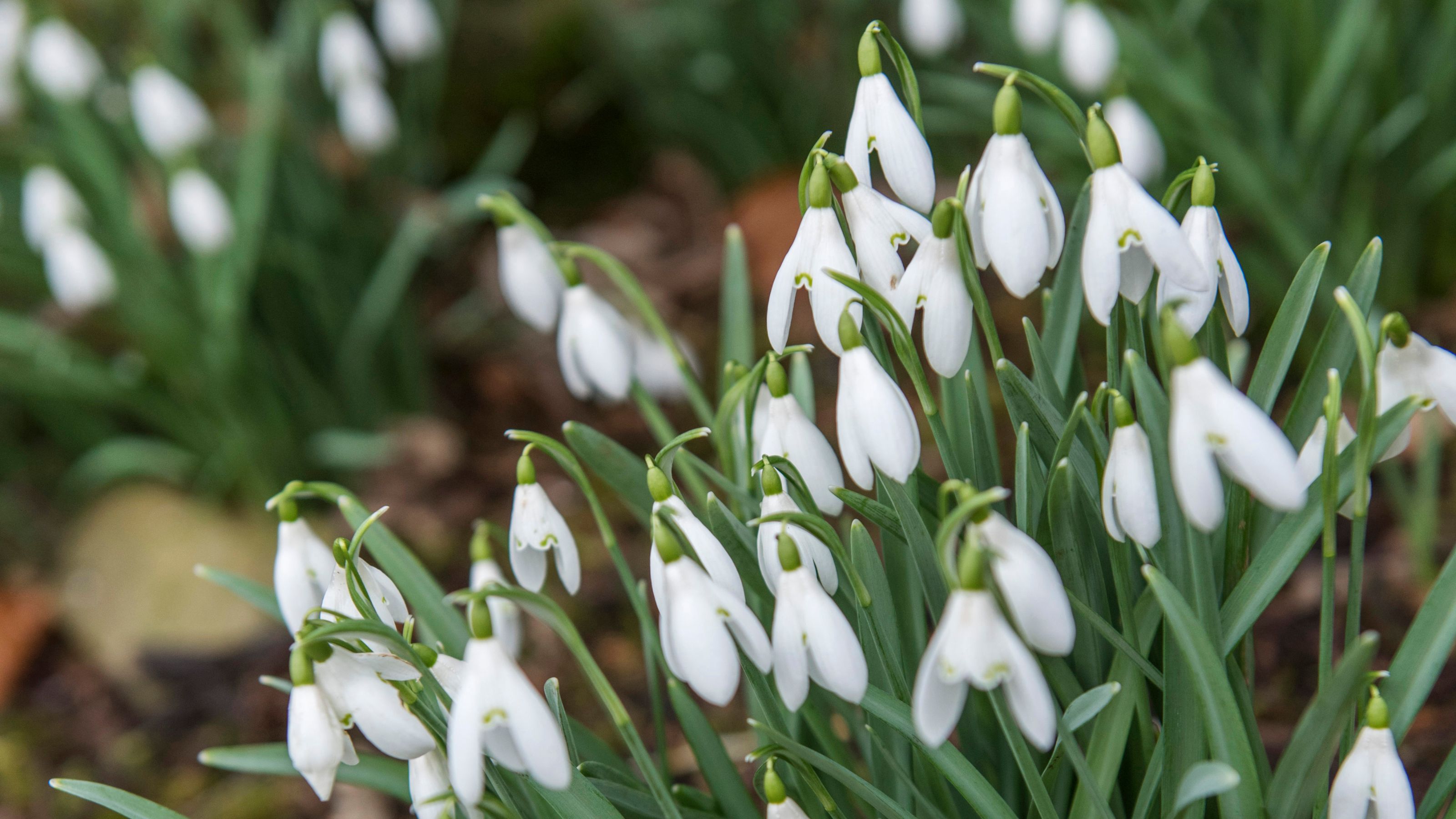

Snowdrops herald the beginning of spring and a brand-new growing season, with displays appearing from late winter. But where is the best place to plant snowdrops?
If you've been wondering when to plant snowdrop bulbs, now is the perfect time to get dry bulbs in the ground. But even if you know how to plant snowdrop bulbs, choosing the wrong location could spell disaster for the bulbs and even lead to no-show blooms.
That's why we've asked garden experts where to plant snowdrops to ensure you're getting the most out of every single bulb.
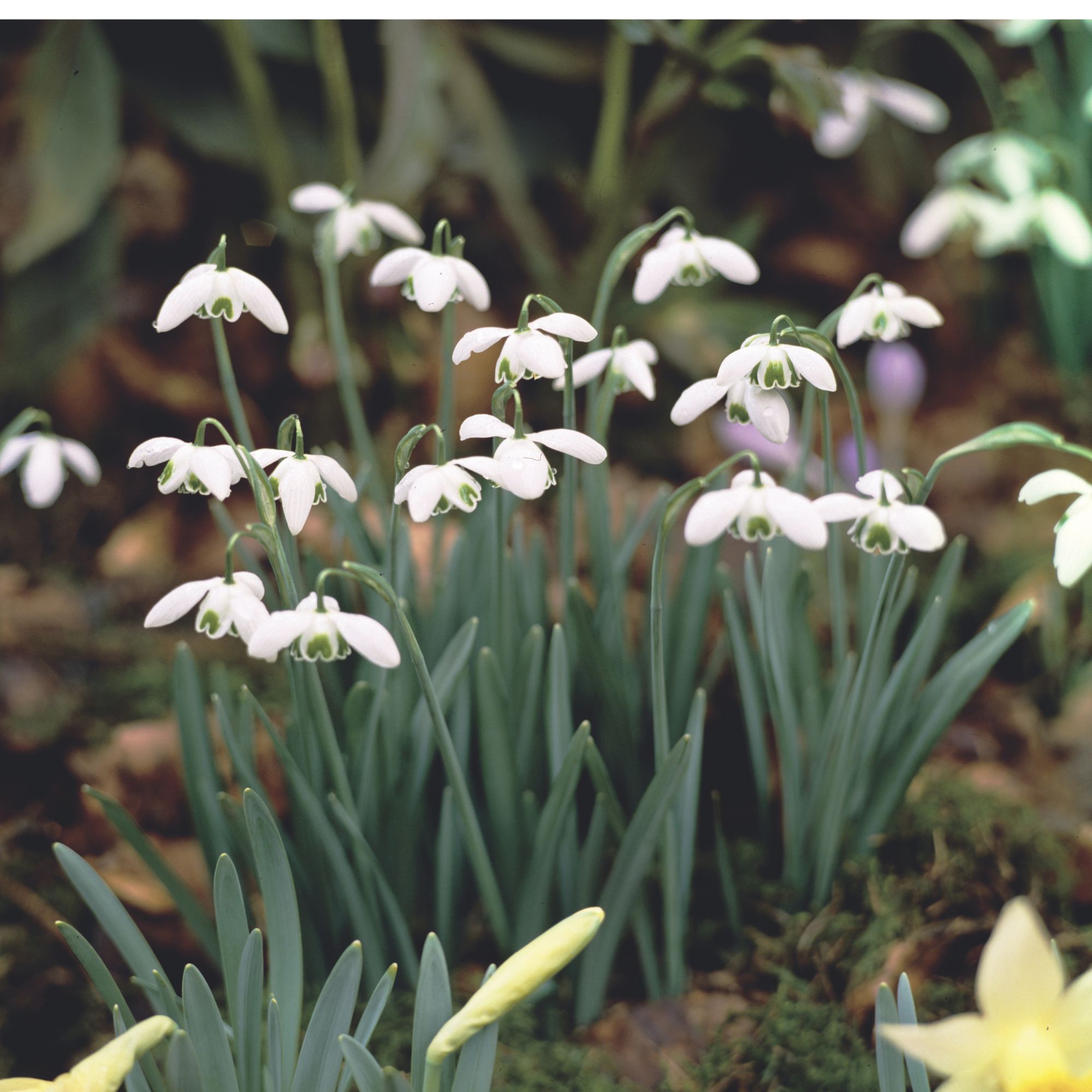
Where is the best place to plant snowdrops?
For the best results, you'll want to plant your snowdrops somewhere that mimics their natural habitat. Snowdrops are woodland natives, so an area with dappled shade is perfect.
'A partly shaded location is perfect, as the snowdrops will receive some sunlight and rain but be covered, too,' says Luke.
For this reason, you'll often see snowdrops growing well under trees and taller plants.
'Snowdrops thrive when planted under trees or shrubs that are barren in winter, which offer them early spring sunlight before leafing out and providing shade in the summer,' says Josh.
'This environment replicates their natural habitat, helping them grow while allowing the plant to adapt over time.'
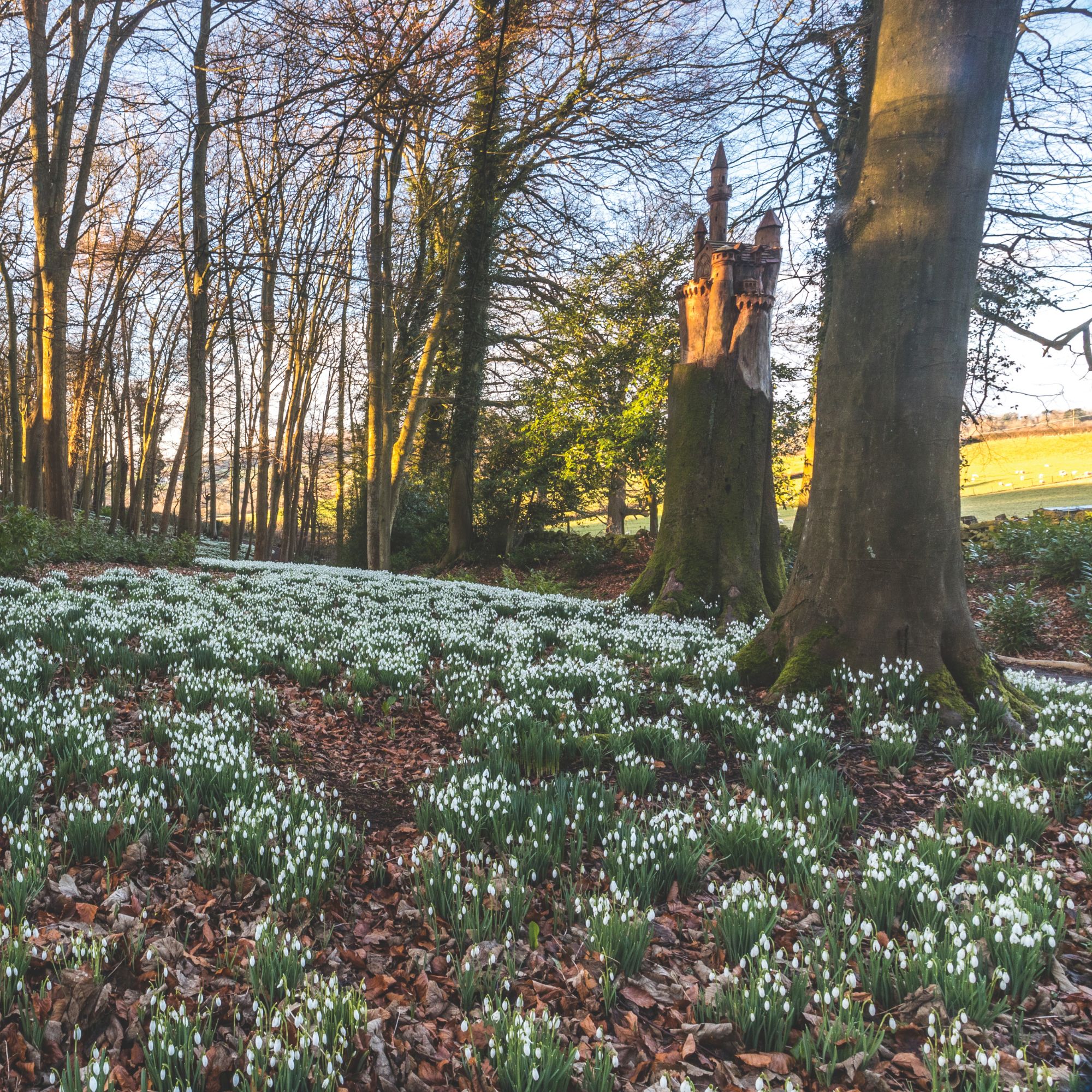
Best soil for snowdrops
When you've decided where to plant snow drops you then need to make sure it has the right soil to allow them to thrive. More important, though, is knowing which soil to avoid when it comes to planting snowdrop bulbs.
'To ensure your snowdrops don't die, you want to avoid soil that holds in too much moisture, such as areas in your garden with poor drainage or heavy clay soils,' explains Luke Dejahang, gardening expert and CEO of Crown Pavilions.
'However, you also want to avoid soil that is too dry, because snowdrops are not suited to regions with high heat and humidity – they grow best in cooler weather.'

Luke Dejahang leads a team of designers and manufacturers of luxury garden buildings, garden rooms, hand-made wooden gazebos and shelters. Garnering praise from notable personalities and people across the UK, Luke has brought a touch of luxury to thousands of beautiful gardens across the UK, helping transform gardens into tranquil paradises.
Like other spring bulbs, snowdrops prefer moist but well-draining soil with plenty of nutrients.
'Areas with moist, well-draining, humus-rich soil are best for snowdrop growth,' says Josh Novell, garden plants expert and director of Polhill Garden Centre.
If you're unsure of the quality of your soil, consider incorporating organic matter like compost (try the Amazon's Choice, the Miracle-Gro Peat-Free Premium All Purpose Compost) or leafmould using Monty Don's autumn leaf hack.
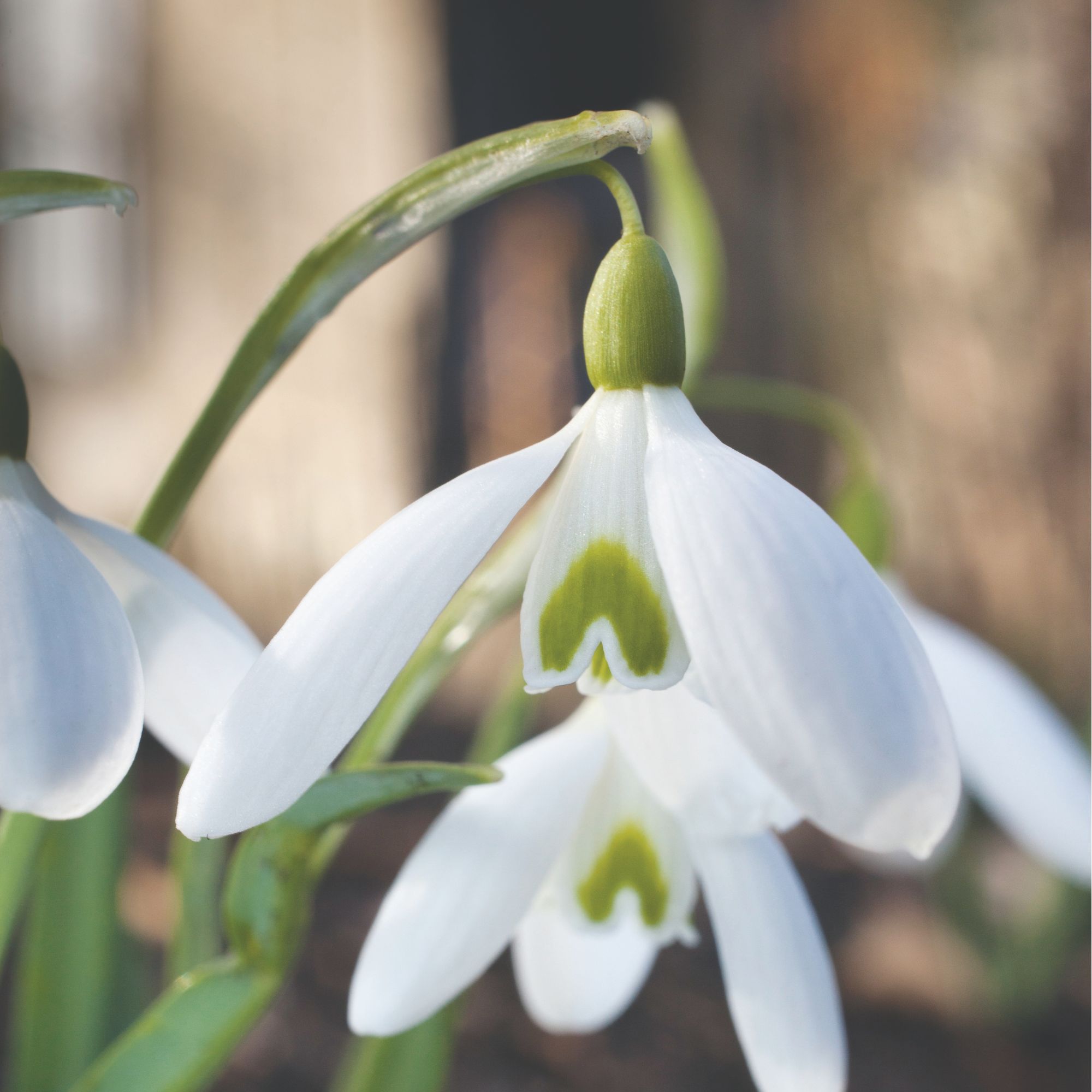
If you're planting snowdrop bulbs in pots, you'll need to ensure you're using the right potting soil, too.
'You can also put snowdrop bulbs in pots or containers filled with a well-draining multi-purpose compost,' says Luke.
If the compost is too heavy, mix in some horticultural grit like Westland's Potting Grit from Amazon to increase drainage.
Where to buy snowdrop bulbs
- Crocus: Plant common snowdrop bulbs for sweeping displays from late winter
- Thompson & Morgan: Try the beautiful blue Russian Snowdrop bulbs for a different take on traditional snowdrops
- Amazon: This set of Woodland Bulbs is Amazon's Choice for snowdrop bulbs
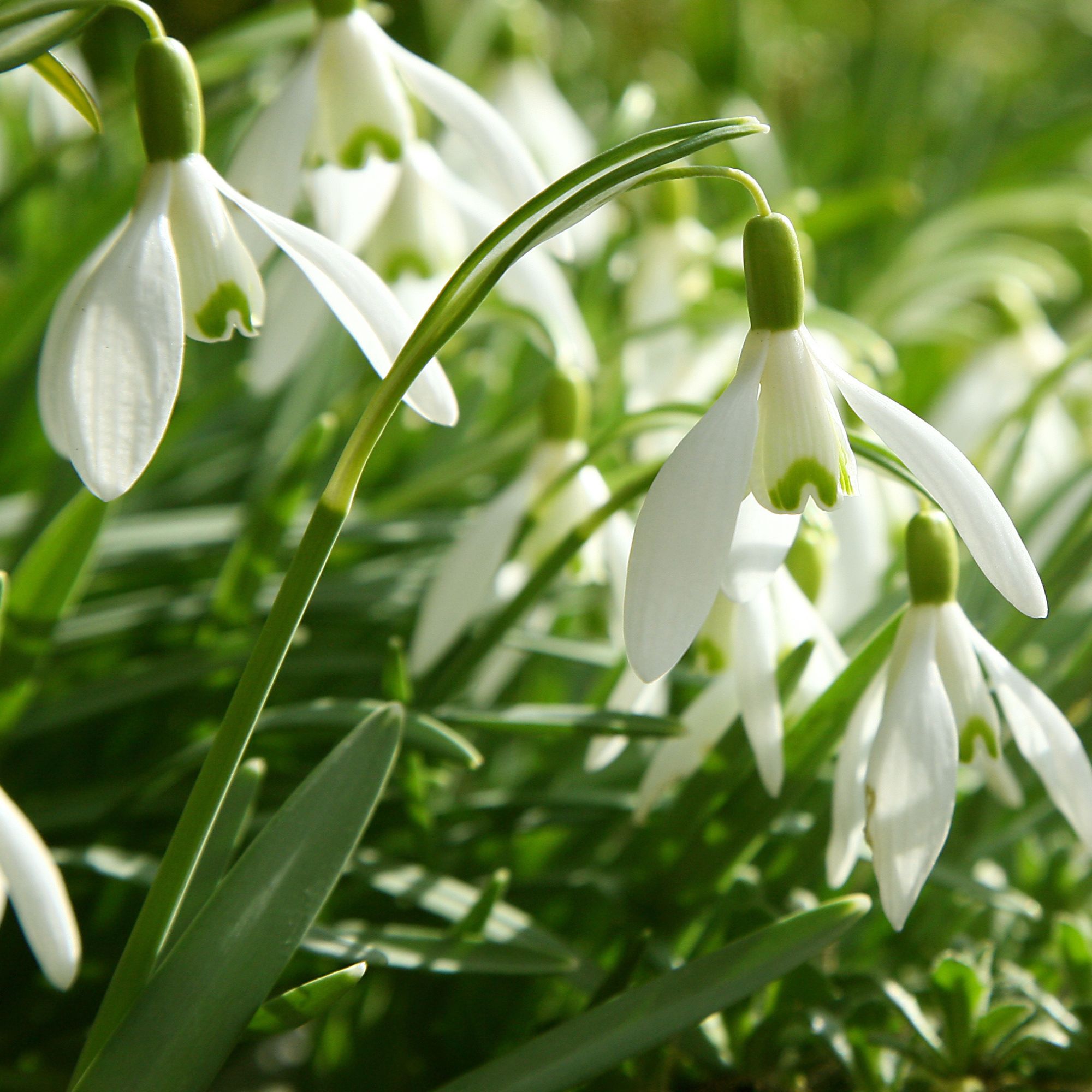
FAQs
How quickly do snowdrops spread?
Snowdrops are known for multiplying and producing new plants over time. But just how quickly do they do that?
'Snowdrops spread gradually over several years by producing new bulbs and scattering seeds, which gradually form clumps,' explains Josh from Polhill Garden Centre.
'Under favourable conditions, snowdrops will form dense patches after about three to five years if left undisturbed. Over time, and in the right conditions, this slow but steady expansion can lead to lush patches of flowers after a few seasons, especially in shaded, moist areas like garden borders where soil moisture and shade levels are ideal.'
Do snowdrops like sun or shade?
Both! Well, sort of. You shouldn't plant snowdrops in either extreme – they thrive best in partial shade which offers sunlight in the winter and shade in hotter weather, after the leaves of surrounding plants have grown back.
'Snowdrops prefer partial shade and thrive in areas that receive some sunlight while being protected from intense sun,' agrees gardening expert Luke. 'So, choose a place your garden that offers this, perhaps next to a tree or other plants, or in front of garden bushes for the best conditions.'
So, now we know where to plant snowdrops! Moist but well-draining soil and partial shade are key if you want sweeping displays next spring.
Get the Ideal Home Newsletter
Sign up to our newsletter for style and decor inspiration, house makeovers, project advice and more.

Sophie joined the Ideal Home team as Gardens Editor in June 2024. After studying English at Royal Holloway, University of London, she began writing for Grow Your Own, which spurred on her love of gardening. She's tried growing almost every vegetable under the sun, and has a soft spot for roses and dinnerplate dahlias.
As Gardens Editor, Sophie's always on the lookout for the latest garden trend. She loves sharing growing hacks for every space, from herbaceous borders to balconies.
-
 Wood drenching is the calming new twist on the colour drenching trend – here’s how to make the look work in your home
Wood drenching is the calming new twist on the colour drenching trend – here’s how to make the look work in your homeIt’s easier than ever to embrace natural materials
By Maddie Balcombe
-
 Aldi is launching a £200 day bed with four different features - its sleek design is suited to the whole family
Aldi is launching a £200 day bed with four different features - its sleek design is suited to the whole familyYou don't want to miss out on this Specialbuy
By Kezia Reynolds
-
 How to set up a drip watering system that saves water and a lot of effort
How to set up a drip watering system that saves water and a lot of effortKeep your plants hydrated (and your water bill down) with this clever garden watering solution
By Natalie Osborn
-
 Aldi is launching a £200 day bed with four different features - its sleek design is suited to the whole family
Aldi is launching a £200 day bed with four different features - its sleek design is suited to the whole familyYou don't want to miss out on this Specialbuy
By Kezia Reynolds
-
 I’m seeing pastel garden furniture at all my favourite brands this spring, but QVC’s sorbet collection impressed me the most
I’m seeing pastel garden furniture at all my favourite brands this spring, but QVC’s sorbet collection impressed me the mostFresh pastel shades are a great way to liven up your outdoor space
By Kezia Reynolds
-
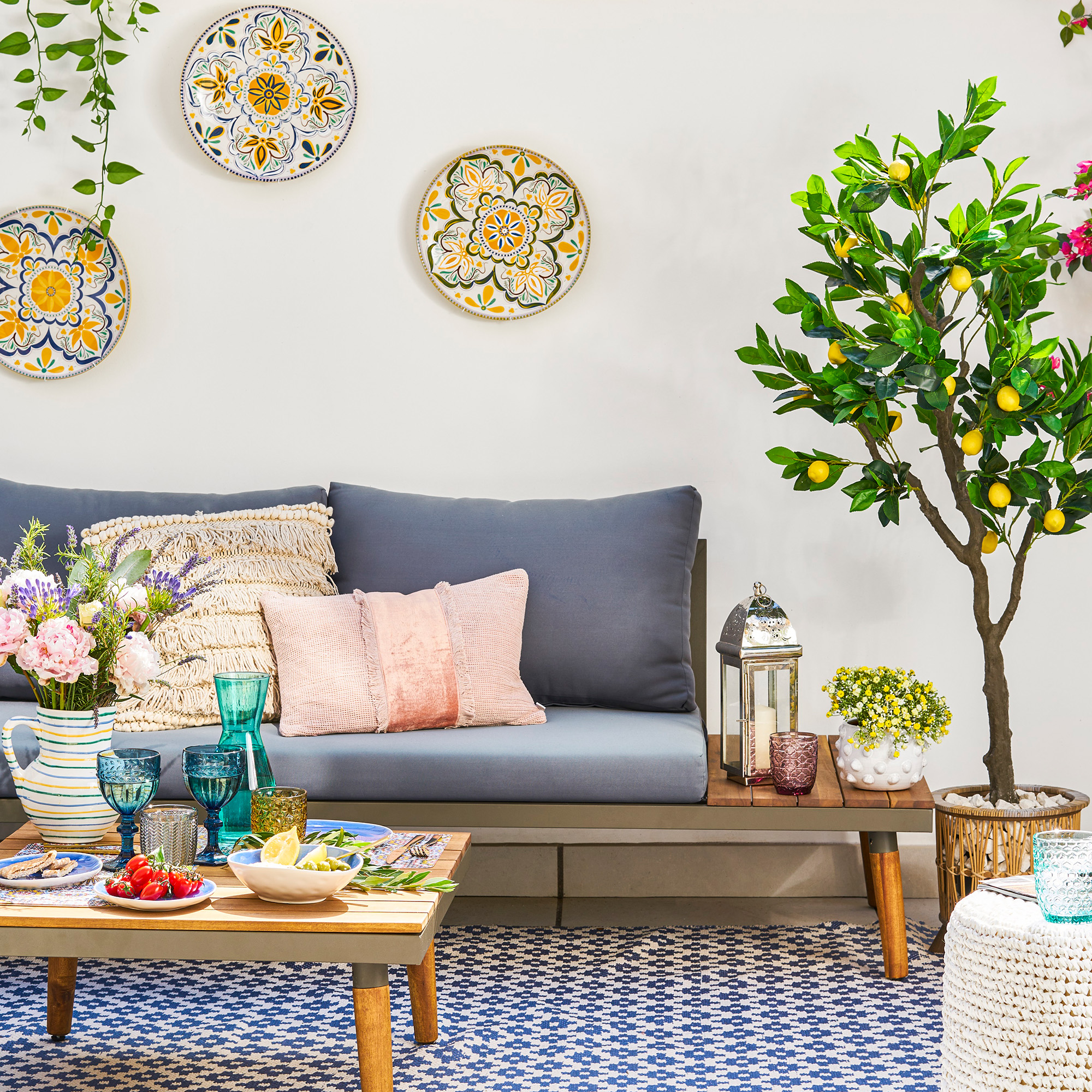 I spent the afternoon looking through Wayfair's garden sale – these are the 6 pieces I'm buying immediately for summer
I spent the afternoon looking through Wayfair's garden sale – these are the 6 pieces I'm buying immediately for summerThese are my must-have garden buys from the sale
By Holly Reaney
-
 I’ve found the perfect alternative to John Lewis’ sold-out striped garden chair – and you won’t believe where it's from
I’ve found the perfect alternative to John Lewis’ sold-out striped garden chair – and you won’t believe where it's fromJohn Lewis' Sling Garden Chair is one of the most stylish pieces of garden furniture I'd seen – until I tracked down this QVC lounge chair...
By Kezia Reynolds
-
 Lidl is selling a smart tiered planter that will unlock extra planting space in a tiny garden or balcony
Lidl is selling a smart tiered planter that will unlock extra planting space in a tiny garden or balconyWhy I've been eyeing this planter up for my tiny garden
By Kezia Reynolds
-
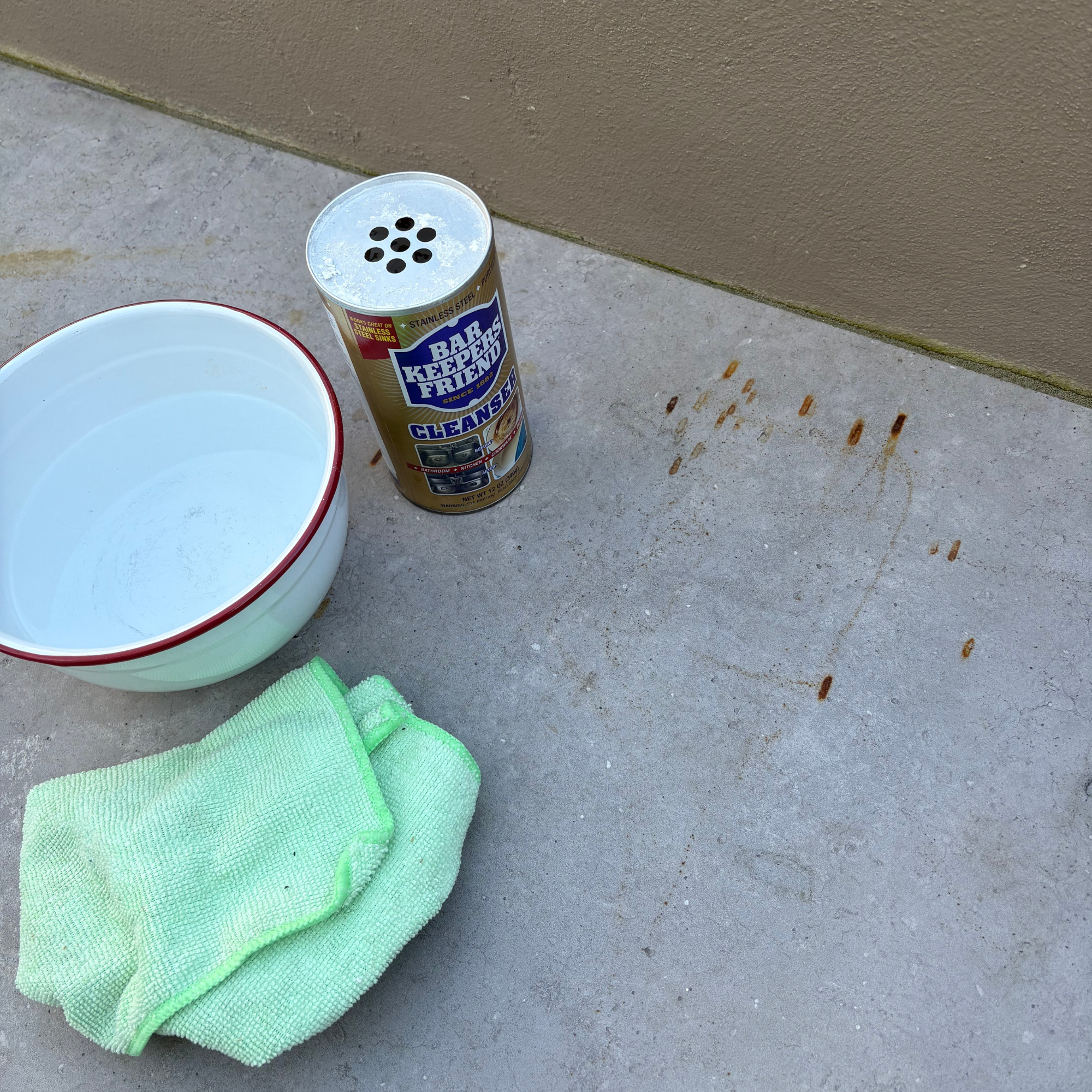 I’ve found the best solution for cleaning stains from a patio - and it’s only £8 on Amazon
I’ve found the best solution for cleaning stains from a patio - and it’s only £8 on AmazonThe stains practically vanish!
By Kezia Reynolds
-
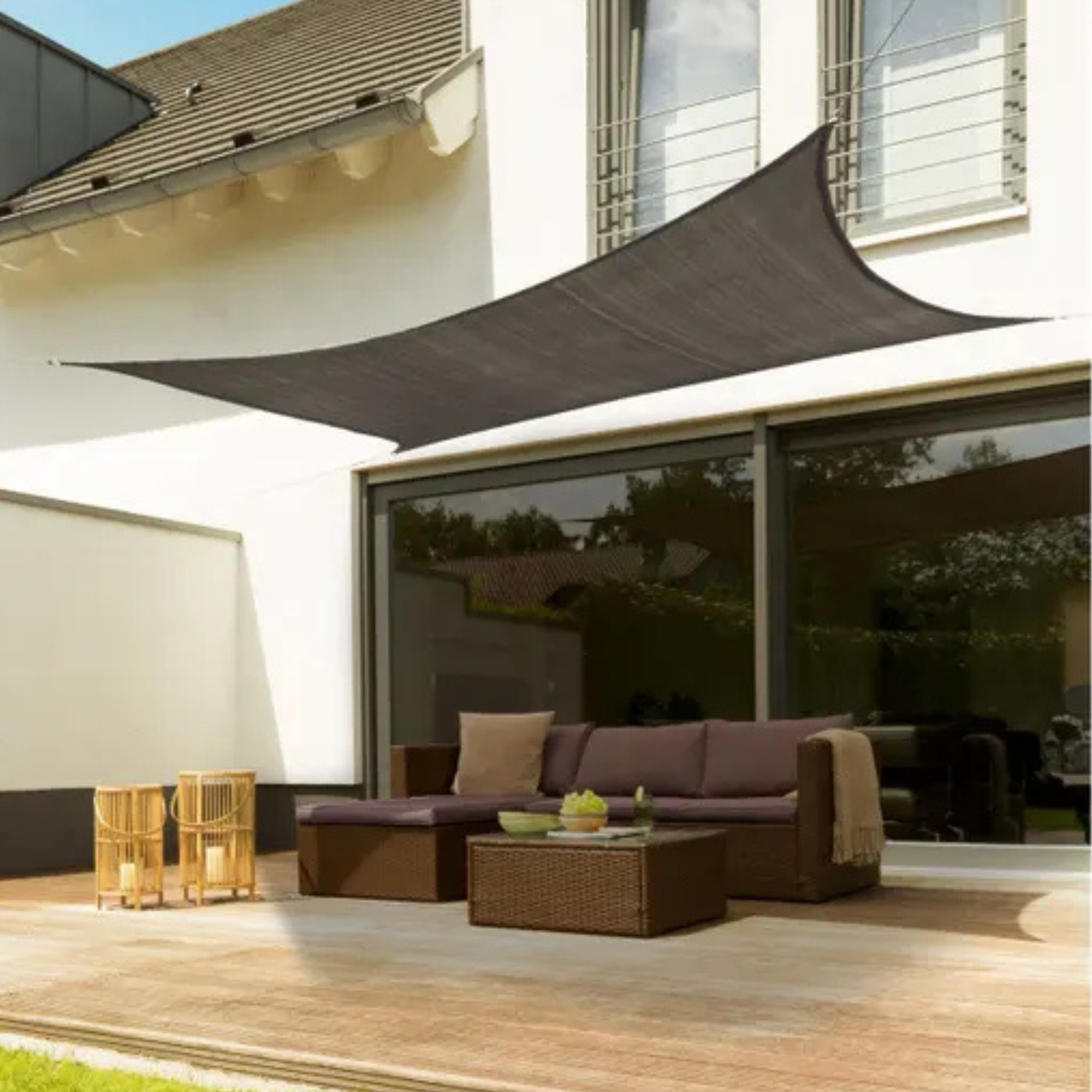 Lidl’s £15 sun sail is everything you need to create a shady oasis in your garden – and it’s on sale right now
Lidl’s £15 sun sail is everything you need to create a shady oasis in your garden – and it’s on sale right nowWith two stylish colours available, the sun sail will make a chic yet practical addition to any of your garden.
By Kezia Reynolds
-
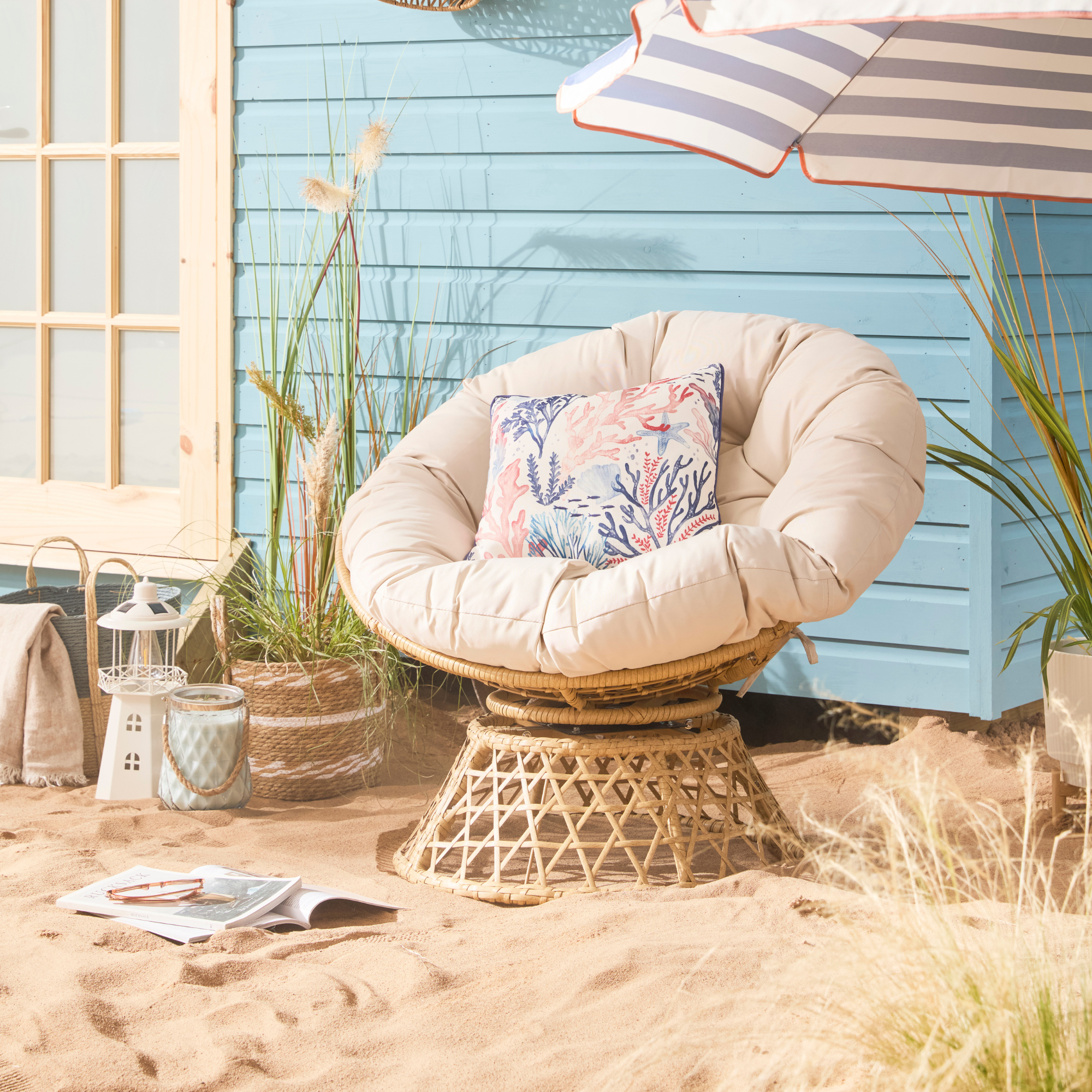 B&M has nailed 2025's breakout garden furniture trend - it's one of the most affordable and stylish I've seen
B&M has nailed 2025's breakout garden furniture trend - it's one of the most affordable and stylish I've seenGet the luxe look for less
By Kezia Reynolds